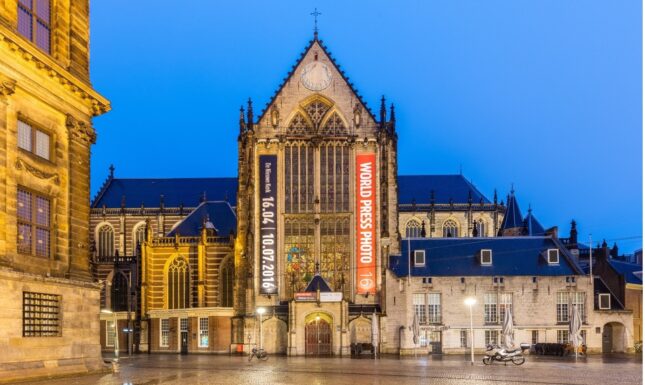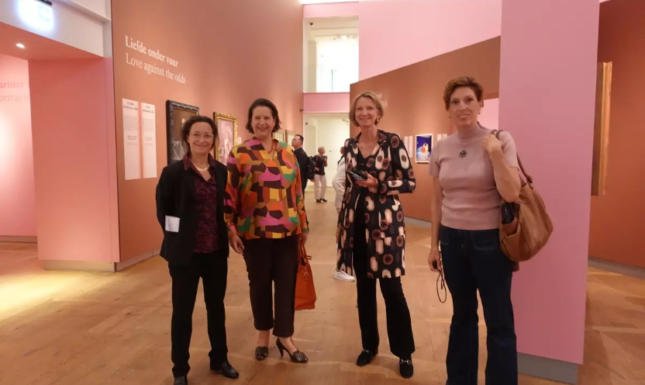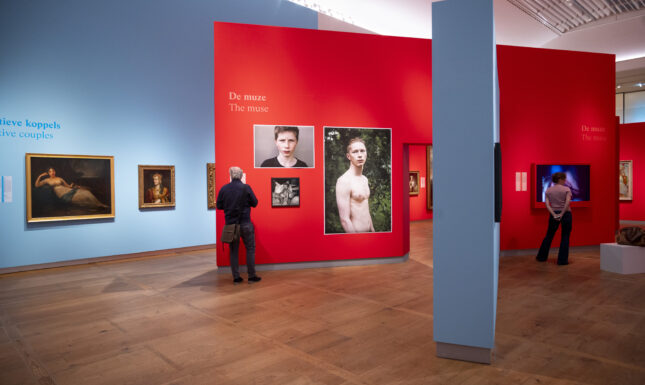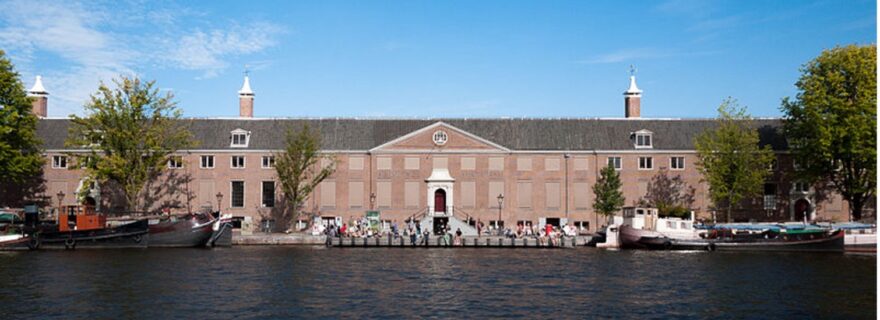A Museum in Transition: The Hermitage in Amsterdam
On the 5th of October, Annabelle Birnie, director of the Hermitage and the Nieuwe Kerk in Amsterdam, came to Leiden to discuss the transition the Hermitage went through due to the recent political developments in eastern Europe.
Just as the museum was still recovering from the COVID-19 pandemic, the existence of the museum, being a counterpart to the Hermitage in St Petersburg, was again threatened by the events starting 24 February 2022, which forced the museum to rethink their image and message. Birnie herself, who at that moment barely had been director for a year, had to make some impossible decisions regarding the collection and the museum. Since its opening in 2009, the museum has always been completely independent from Russia, both on a financial and an institutional level. The collection from St Petersburg was, therefore, displayed on the basis of loans.

The political situation forced to museum to break its connections with Russia and following that, the whole collection had to be returned within a couple of weeks. It was hard for the museum to notice that the artworks were so influenced by the political situation. “Art and culture are not part of a dispute,” Birnie remarks, “but an exchange of the free mind and that should always survive.” The return of the artworks left Birnie and her colleagues with a huge empty museum building, without a collection or collaboration. But, as Birnie emphasised, we must remember that the situation of the Hermitage was by no means comparable to the situation for the people in Ukraine: “Here, we only face challenges, but in Ukraine they have problems.”

So, the museum had to come up with new funding, exhibitions, and, most importantly, objects to exhibit. “This confronted us with some enormous challenges, but we also got a lot of chances.” These words reflect Birnie’s positivity, which became clear to everyone present during her hour talk. Obviously touched, she told us how different institutions offered help and worked together to re-open the Hermitage as soon as possible. Thanks to her colleagues in Dutch museums and abroad, the museum managed to reopen in just a couple of weeks. Currently, the museum houses an exhibition called ‘Love Stories’, with over 100 portraits belonging to the National Portret Gallery in London.

One of the main challenges the museum will face in the future is that they will still have to decide what kind of exhibitions they want to make. In an ideal world, museums should not only focus on visitor numbers and making blockbusters, but also focus on small highlights in their own collections. Birnie remarks jokingly that “The Hermitage is an incarnated blockbuster” nowadays, because of the lack of an own collection. Next to that, blockbusters are important and necessary for the museum to attract an audience and to stay financially healthy. This poses a big dilemma for the museum, because they need to rediscover how to attract enough audience, while still making exhibitions that are interesting and innovative.
“That is one of the most important things for me as a museum director; looking at art together, and discussing it,” Birnie mentioned while discussing her own role within the transitioning museum. “That is why we are on earth, to bring together everything that inspires and connects us.” At the end of her lecture, Birnie gave us a preview of the upcoming exhibitions at the museum, and this made clear that, despite the recent challenges, the museum will without doubt continue to inspire and connect.
The exhibition ‘Love Stories’ will be at the Hermitage Amsterdam until 8 January 2023. More information can be found on the website of the museum.
Lotje Dalmijn is a master’s student of Art History at Leiden University, following the track ‘Art, Architecture, and Interior before 1800.’ Next to that, she works part-time at the RKD, the Dutch Institute for Art History, in The Hague. She is mostly interested in eighteenth- and nineteenth-century British art and architecture.


0 Comments